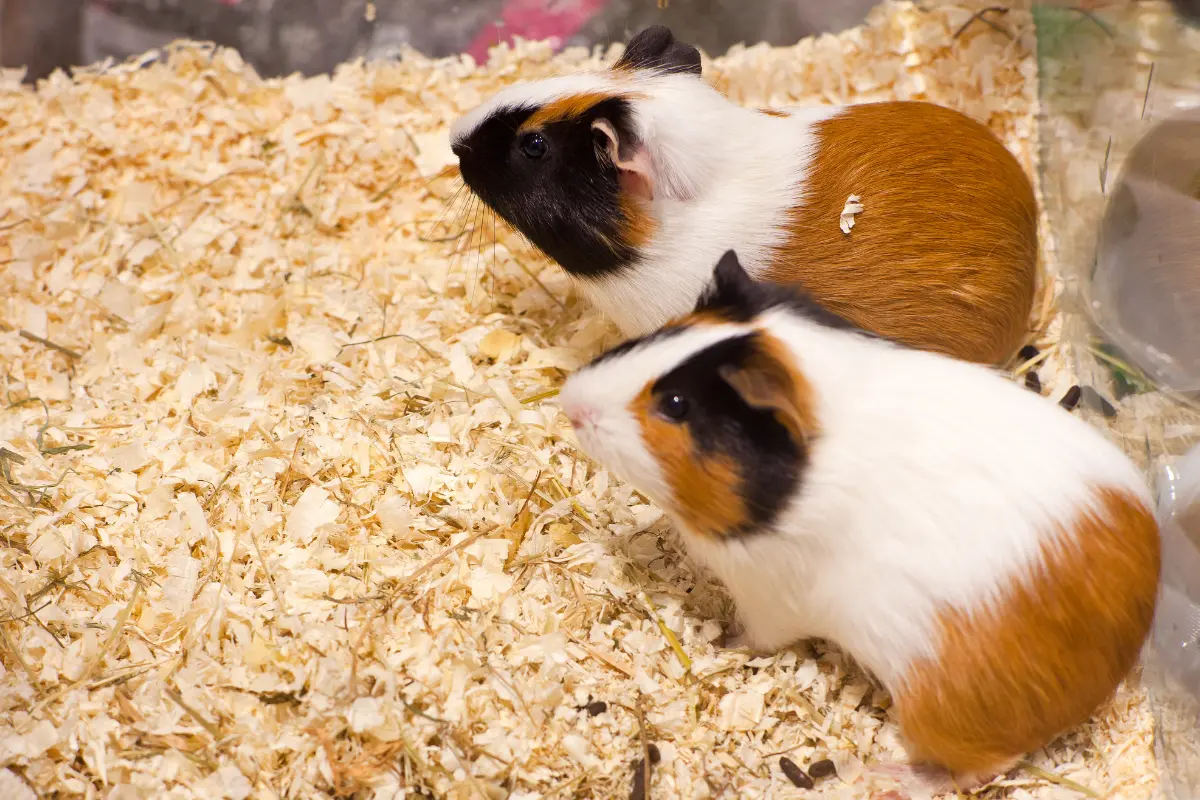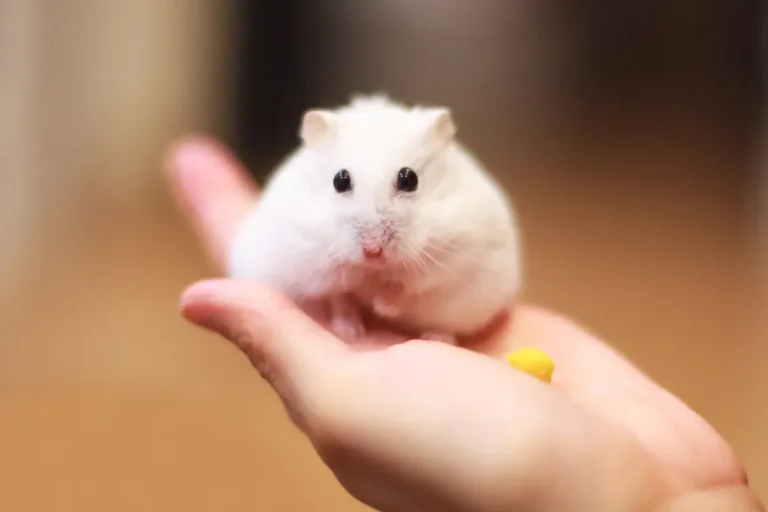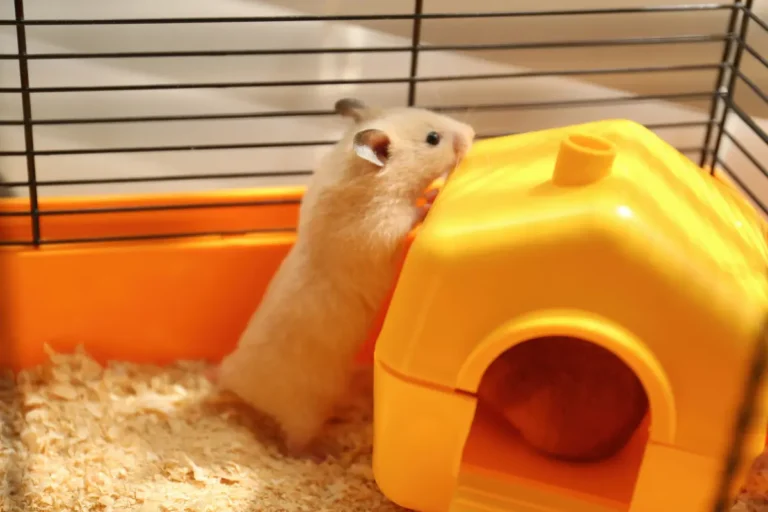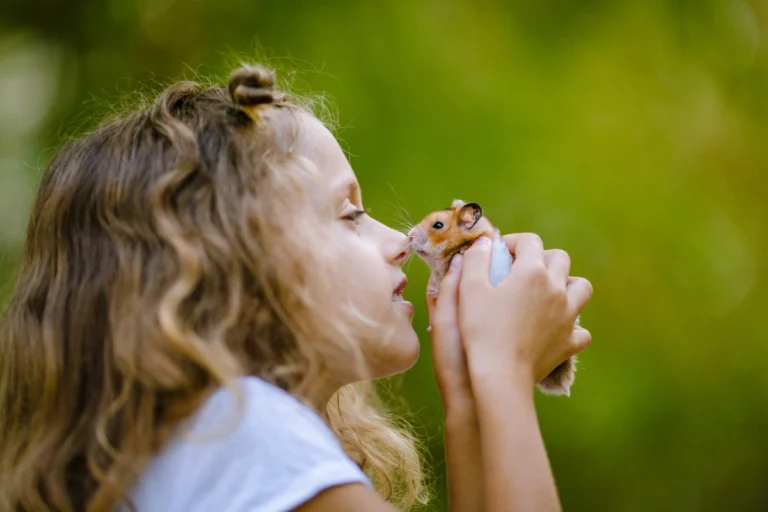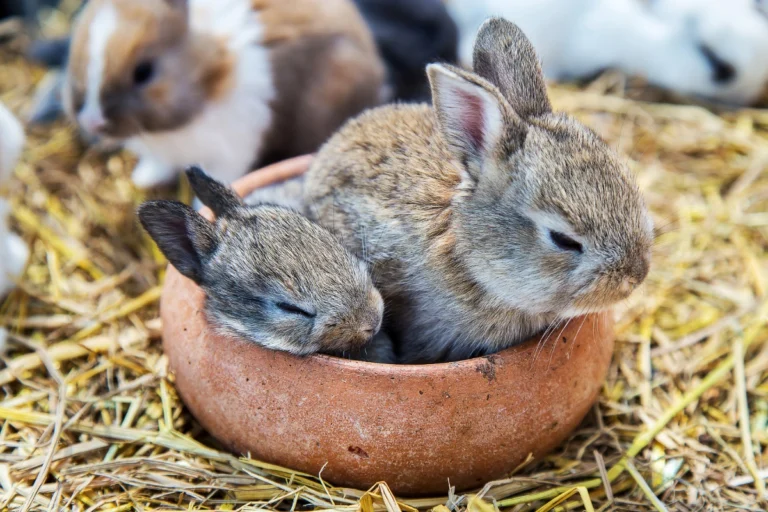Is It Safe to Keep Two Hamsters Together in The Same Cage?
When planning to adopt a hamster, one of the most important things to consider is their accommodation. Their living environment plays a huge role in their well-being, so it’s essential to make sure it’s set up properly from the start. If you’re thinking about getting more than one hamster, you might wonder: Can hamsters live together in the same cage?
The simple answer is: No. Here’s why:
Hamsters Are Solitary and Territorial Animals
Unlike dogs or other social pets, hamsters are solitary creatures. This means they don’t enjoy the company of others and prefer to live alone.
Forcing two to share a cage often leads to stress and conflict. Even if they seem to get along initially, small changes in their environment—like a new smell or a slight food shortage—can trigger aggression. In extreme cases, these fights can be severe, even fatal.
Furthermore, housing two hamsters together can affect their natural behaviors. Hamsters need space to burrow, run, and explore on their own. When placed in a shared space, they are often deprived of these essential behaviors, leading to frustration and anxiety.
Can a Male and Female Hamster Live Together?
A male and female hamster should not live together, except for very specific reasons, such as breeding. Hamsters, regardless of their gender, are territorial animals, and even a male and female can become aggressive toward each other, especially outside of mating times.
Here are a few important points to consider:
1. Breeding Risks
If you plan to breed hamsters, it is necessary to house them together only temporarily, during the mating period. Once mating is complete, they should be separated.
Female hamsters can become pregnant very quickly after mating, and if they are not separated before birth, the male may cause stress to the female or even harm the pups. Additionally, some female hamsters can become aggressive after giving birth, and there is a risk of cannibalism if they are stressed or feel their young are threatened.
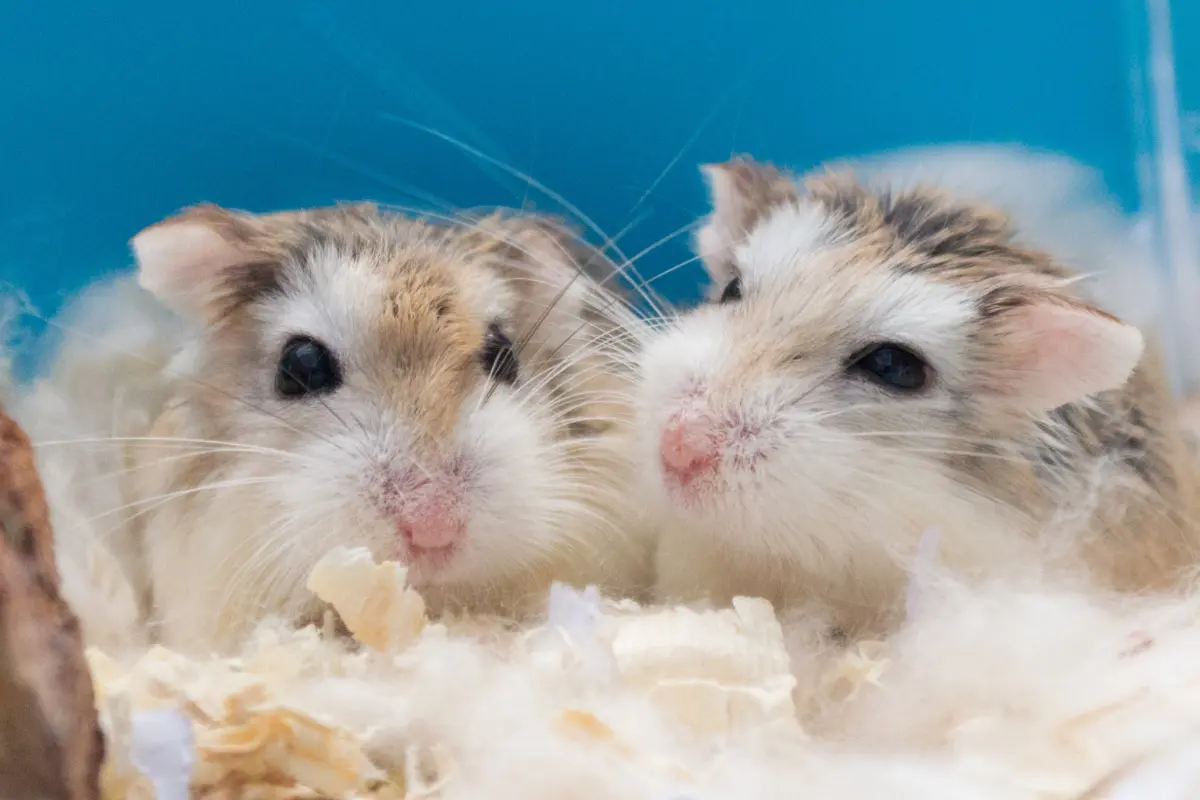
2. Territorial Behavior
Even if you are not breeding, housing a male and female together is not ideal. The male may become overly dominant or aggressive toward the female, particularly if she is not in heat, leading to constant stress and fighting. Female hamsters can also show aggression, especially if the male intrudes on her personal space.
3. Separation is Essential After Mating
For the health and well-being of both hamsters, it’s best to house male and female hamsters in separate cages. After mating and pregnancy, the male and female should be separated immediately. Make sure the female has a quiet, calm space to raise her young without the interference of the male.
Are There Any Hamster Breeds That Can Live Together?
Some hamster breeds can live together, but it depends on the species. In general, dwarf hamsters can live together under the right conditions, but Syrian hamsters should never be housed together.
- Roborovski hamsters: These are the most likely to tolerate living with other hamsters, especially when introduced at a young age. However, even they can sometimes exhibit territorial behavior as they grow older.
- Campbell’s dwarf hamsters: They can sometimes live together in same-sex pairs or small groups, but again, they must be introduced carefully at a young age. There’s always a risk of fighting as they mature.
- Winter White dwarf hamsters: Like Campbell’s, these hamsters might tolerate living with others, but fighting can still occur, particularly in males or if there’s a lack of space.
If you are considering housing dwarf hamsters together, there are a few things to keep in mind. First, it’s essential to have a large cage—at least 800 square inches of floor space. For comparison, a single hamster needs a minimum of 450 square inches. You’ll also need to double everything, meaning two wheels, two food dishes, two hideouts, and two toys, ensuring that each hamster has its own space.
It’s important to only house dwarf hamsters together if:
- They are of the same sex.
- They are the same species.
- They are from the same litter.
If you want to try keeping hamsters together, introducing them at a young age (ideally before they reach sexual maturity) is critical. Hamsters that grow up together are more likely to tolerate each other. However, even then, conflicts can arise later, and you should always be prepared to separate them if necessary.
Additionally, always have a backup plan in case you need to separate them. A large, suitable hamster cage should be on hand, just in case conflicts arise.
Can Gerbil And Hamster Live Together?
Gerbils and hamsters should not be housed together. While both are small, furry pets, they have very different needs and behaviors, which can lead to serious issues if kept in the same cage.
Here’s why:
- Social Behavior and Territoriality
Gerbils are social creatures that thrive in pairs or small groups. They establish complex social hierarchies and engage in communal activities. In contrast, hamsters are typically solitary and can become territorial, especially when housed with other species.
- Activity Patterns
Gerbils are diurnal, meaning they are active during the day and sleep at night. Hamsters, on the other hand, are nocturnal, being active during the night and resting during the day. This mismatch in activity cycles can cause stress and disrupt the natural behaviors of both animals if housed together.
- Dietary Requirements
Gerbils primarily consume grains and seeds, with limited fresh produce, whereas hamsters have a more varied diet that includes seeds, grains, and occasional fresh fruits and vegetables. Feeding them together in the same enclosure can lead to competition for food and potential dietary imbalances.
- Health and Safety Concerns
Different species can carry species-specific parasites or bacteria that could harm each other if housed together. This increases the risk of disease transmission between gerbils and hamsters. Additionally, stress from cohabitation can lead to weakened immune systems and more frequent illness.
Can Chinchilla And Hamster Live Together?
Chinchillas and hamsters should not be housed together. Chinchillas are also social animals that thrive in groups of their own kind. They are known to be territorial and can exhibit aggression toward other species, including hamsters. Additional reasons include:
Size and Strength Disparities:
- Chinchillas are larger and more robust than hamsters. Their size and strength can pose a threat to smaller animals. Hamsters are much smaller and more delicate. They are vulnerable to injury if housed with larger, more aggressive animals.
Habitat and Environmental Needs:
- Chinchillas require a spacious cage with multiple levels, platforms, and shelves to climb on. They are active during the night and need a cool environment due to their dense fur. Hamsters need a cage that’s at least 360 square inches, with a solid bottom and plenty of bedding material. They need a wheel for exercise and a hideout to sleep in during the day.
Dietary Differences:
- Chinchillas are herbivores and require a diet of hay, pellets, and fresh water. They should not be fed hamster food, as it may not meet their nutritional needs. Hamsters are omnivores and have different dietary requirements. Feeding them chinchilla food can lead to health issues.
Conclusion: Most Hamsters Do Best Alone
While certain dwarf hamster breeds, like Roborovski, may have a better chance of living together, the safest and most stress-free option for all hamster breeds is to house them individually.
Even within species that may tolerate company, the risk of fighting, stress, and injury is high. If you’re looking to have more than one hamster, it’s recommended to give each one its own space to thrive.
